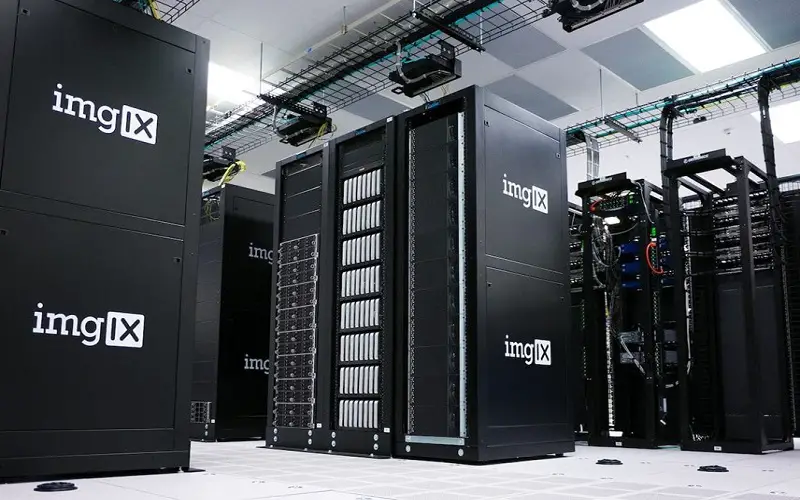Keeping all the data organized is the top priority of every operational business. As we progress toward the future, different methods of data storage come and go. The old methods are on their way out while online data storage is gaining a lot of popularity due to its convenience.
However, sometimes problems can occur and you might be left without your data. To avoid this, most modern businesses opt for both online and on-premise data storage solutions.
Let’s explore below how you can ensure that your data is always secure.
Move online
Modern technology allows businesses to move all of their operations online and reduce costs drastically. Costs for office rent, manual payroll, management, and training can all be sidelined as online operation and cutting-edge software allows you to operate a whole business cost-effectively without setting foot outside your home.
Besides automation and reduced costs for office space, modern tech also gifts businesses modern solutions for their data storage needs. For instance, in the past, we always relied on heavy and gigantic pieces of hardware. As their specs increased, storage devices only increased in size and price.
So, it was only logical for businesses to move towards more convenient methods of storage. Online cloud storage options are now available for businesses and the costs are very minimal while the advantages are incredible. To put things into perspective, if a problem occurs with your hardware, you will have to replace it and in that process, lose all your data.
On the other hand, cloud providers will ask you whether you would like all your data to be backed up weekly, monthly on quarterly. This way, even if there’s downtime or the online cloud becomes a victim of a malicious cyber attack, you can rest assured that your data is still there.
Safe and secure
If you want to further bolster your data security, you should think about having backups both on the cloud and on hardware. Picking the right hardware might be a little bit difficult, and if you plan on storing large amounts of data you will need external storage hardware.
Now for the technical aspect, whether you need an HDD (hard disk drive) or SSD (solid-state drive) will be up to you and your business needs. If you only need hardware for backups, go for HDD hardware. However, if you planning to use it and process, send, and receive a lot of data, your best option is SSD. Bear in mind that SSD hardware is much more expensive than HDD.
By having both cloud and hardware backups of your data, your business will always operate without any hiccups or bottlenecks.

Identify and protect your most valuable data
The first step in any data backup plan is to identify which data is most important for your company’s operation. Pinpoint which data your company can’t function without and make regular updates when making backups.
For instance, this may include contacts, paper, emails, images, schedules, appointments, etc. Many companies store all this data in one or two shared files that are accessible from all company devices. However, this strategy might leave you defenseless in the case of a cyber-attack.
Keep backups of your data in a remote location
No matter what backup method or storage device you use, data backups should be easily accessible and usable for the whole team.
If you do opt to store data both on the cloud and on hardware, it’s important to know where exactly your hardware devices will be stored. In certain situations, even though your data is backed up, someone might get their hands on your company’s valuable data and cause harm to your operation and bottom line. So, the best course of action is to keep your hardware storage devices near you at all times or out of the office in a deposit box, if it contains extremely valuable information.
Bottom line
Data storage and security are extremely important for every operational business. If you want to devise the right strategy that will ensure all your data is safe and sound, you’ll need to follow the right steps. The tips we shared in this post are practical, inexpensive, and perfect for each business, regardless of its size.




